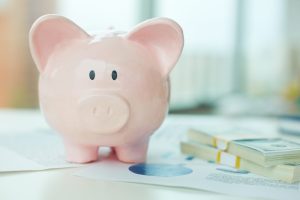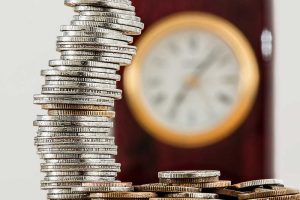For the first time in over a decade the Bank of England has raised its interest rate. The official bank rate has been lifted from 0.25% to 0.5%, the first increase since July 2007.
The move reverses the cut in August of last year, which was made in the wake of the vote to leave the European Union.
But what has happened in the follow up of the decision to raise the rates?
Sterling
Currency trading was understandably choppy in the minutes after the decision was announced but the direction for the pound is lower.
The pound fell about 1% against the dollar and euro, as some investors had hoped to see hints of more rate rises. Sterling dropped more than a cent against the two currencies to $1.3130 and €1.1280 respectively.
Gilts
Yields on UK government bonds are dropping quickly as prices rally. The policy-sensitive two-year gilt fell to as low as 0.39 per cent from 0.48 per cent after the central bank’s announcement, before later reaching 0.41 per cent.
In mid-September, the two-year yield rose above the then base rate of 0.25 per cent as expectations of rate rise from the BoE strengthened. Meanwhile, the yield on the 10-year gilt fell as low as 1.26 per cent from 1.35 per cent.
Share prices
The blue-chip FTSE 100, whose performance is shaped by the value of sterling, rose following the decision and ended 0.9 per cent higher. The more domestically focused FTSE 250 index rose 0.3 per cent.
If you’d like to discuss these changes with an adviser, please do not hesitate to get in touch with us.








